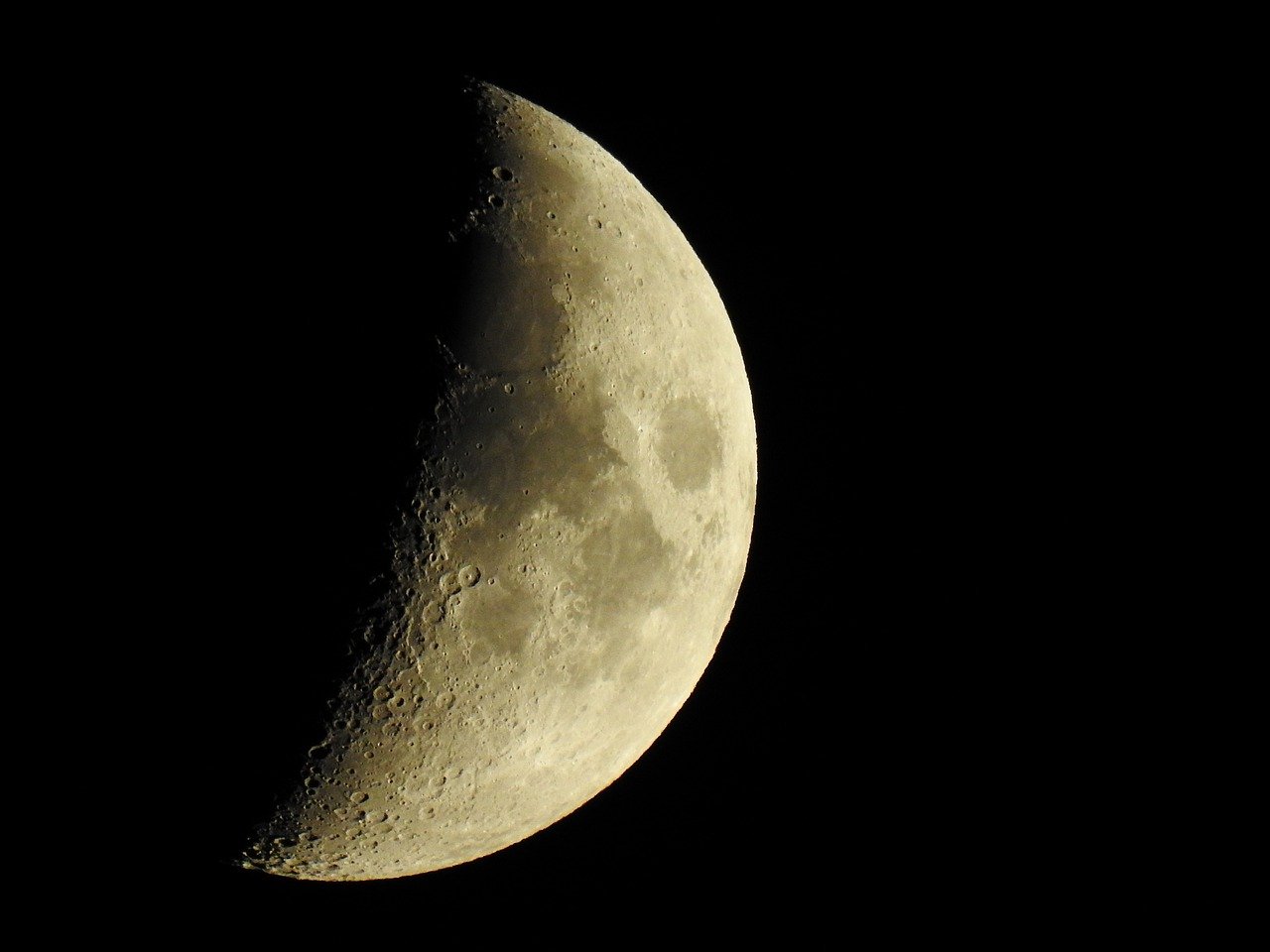Happy Mid-Autumn Festival! In Mandarin, we refer to this occasion as Zhōngqiū Jié (中秋节)! Here, I have included a drawing of the Moon Goddess of Chinese mythology, Chang’e (嫦娥), who is a central figure in this wonderful celebration. To our friends in Korea, we wish you a joyful Chuseok, and to those in Japan, we hope you have a delightful Otsukimi!
Understanding the Mid-Autumn Festival
The Mid-Autumn Festival stands as China’s second most significant celebration, following closely behind the Spring Festival or Chinese New Year. It is observed not only throughout China but also in overseas Chinese communities globally, including Malaysia, where I reside. This festival highlights the full moon and is a time to reflect on the harvest, mirroring the Western Thanksgiving customs where families gather to share their gratitude. Despite current pandemic restrictions limiting gatherings, the essence of appreciation remains intact. During this time, we indulge in delectable treats known as Mooncakes, and in Malaysia, as well as Singapore and Indonesia, it is also recognized as the Lantern Festival—an occasion once filled with lantern festivities that are now curtailed due to quarantine measures.
Historically, the Mid-Autumn Festival began as a religious event dedicated to honoring the moon goddess, Chang’e, rooted in ancient Chinese folk beliefs. Over time, the festival has transformed from a religious observance into a cherished cultural tradition, though the joy of enjoying mooncakes and admiring the full moon continues. Even as Chang’e’s religious significance has diminished, she remains a beloved character through a well-known folktale, which is tied to the festival’s origins.
The Tale of Chang’e
(Note that this is merely one rendition of the story, and variations exist.)
Long ago, there lived a skilled archer named Hou Yi (后羿), who was married to the ethereal Chang’e. One fateful day, the sun goddess, Xihe (羲和), bore ten suns. This overwhelming heat was too much for the Earth to handle, putting humanity in grave danger. The Jade Emperor dispatched Hou Yi to remedy the situation. Initially, Hou Yi threatened the suns with his bow, but when they didn’t respond, he ultimately shot nine of them down, leaving just one to warm the Earth.
Xihe, enraged by the loss of her children, demanded vengeance from the Jade Emperor, resulting in both Hou Yi and Chang’e being stripped of their divine status and exiled to Earth as mortals. However, they were gifted a gourd full of immortality pills for their potential future needs. Their most treasured possession quickly became the source of intrigue when robbers invaded their home. In a desperate attempt to protect these pills, Chang’e consumed the entire gourd, leading her to ascend beyond the sky and onto the moon, granting her immortality.
When Hou Yi returned home and realized what had transpired, he was engulfed in sorrow. To honor his beloved, he began leaving offerings of food, fruits, and incense to commemorate Chang’e. The community observed Hou Yi’s heartache and began participating in these acts of remembrance, leading to the annual ritual of honoring Chang’e every year on the fifteenth day of the eighth month. This practice gradually evolved into tradition, with people revering the moon and Chang’e as the moon goddess, thus giving birth to the Mid-Autumn Festival.
Fear not, for although Chang’e now resides alone on the moon, she has formed a friendship with the Moon Rabbit. Though her husband Hou Yi passed due to his mortality, his spirit continues to dwell in the Sun Palace.
The Lore of the Moon Rabbit
Chang’e’s companion, the Moon Rabbit, is also known as the Jade Rabbit (玉兔; yùtù) in China, or sometimes simply the Moon Rabbit (月兔; yuètù). In Japan, she is referred to as “tsuki no usagi” (月の兔), while in Korea, she is called “daltokki” (달토끼). The appearance of the rabbit on the moon is attributed to the patterns and shadows it casts, resembling a rabbit busily preparing food. Each culture has its own interpretation of what the rabbit is making: in China, it is believed she concocts immortality pills; in Japan, she is creating mochi; and in Korea, teokk (rice cakes).
According to Chinese mythology, the Moon Rabbit’s origin story is poignant. Three deities transformed themselves into the form of elderly beggars and sought food from a fox, a monkey, and a rabbit. While the fox and monkey provided nourishment, the rabbit, lacking any food, selflessly leapt into a fire, offering herself as sustenance. Touched by her sacrifice, the immortals honored her spirit by placing it on the moon, resulting in her transformation into the Moon Rabbit, firmly linked to the creation of immortality pills.
As we celebrate the Mid-Autumn Festival/Chuseok/Otsukimi, there is a cultural intertwining between the moon and rabbits throughout East Asia, establishing a connection that contrasts with Western traditions. In the West, rabbits symbolize Easter, yet in East Asia, they represent autumn and the moon, reinforcing the seasonal bond. Furthermore, while Western celebrations focus on Thanksgiving, there’s a playful debate about the merits of rabbits and mooncakes over the turkey and pumpkin pie—though one must remember to appreciate both cultures humorously!
Artist’s Reflection
In my drawing, Chang’e is portrayed in traditional Tang Dynasty attire, even though her story predates this era. The Tang Dynasty, which flourished around 600 AD, reflects the artistry that I find easier to replicate. While this choice might not align with historical accuracy, it provides a recognizable and aesthetically pleasing representation for viewers to appreciate.
Thank you for reading! Wishing you safety and joy as you celebrate—may your wishes for the festival be fulfilled! 🐇🌙



